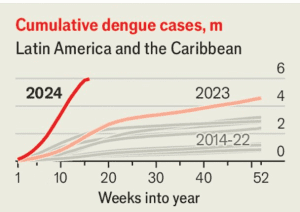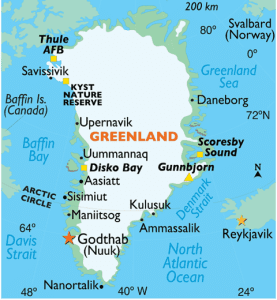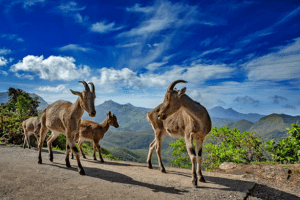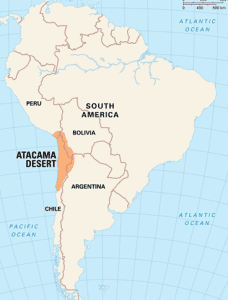MOSQUITO BORNE DISEASES
TAG: GS 3: SCIENCE AND TECHNOLOGY
THE CONTEXT: Looking at the current trends of climate change, Aedes will spread into large parts of southern Europe and the United States, putting another 2bn people at risk of getting dengue.
EXPLANATION:
- Dengue fever, transmitted primarily by the Aedes aegypti mosquito, poses a growing threat to global health as its incidence continues to rise.
- The incidence of dengue fever has seen a dramatic increase in recent years, with the number of cases surpassing 5.9 million in 2024.
- This rise is attributed to various factors, including urbanization, climate change, and the expansion of the Aedes mosquito’s range.

Impacts of Dengue
- Dengue fever inflicts significant suffering on individuals and communities, characterized by severe joint pain, hemorrhage, and in some cases, death.
- Furthermore, the after-effects of the disease, such as fatigue and cognitive impairment, contribute to its burden on public health systems.
- The economic consequences are also notable, with affected countries experiencing decreased productivity and increased healthcare costs.
Factors Contributing to Dengue Spread
- Urbanization plays a significant role in the spread of dengue, as densely populated cities provide ample breeding grounds for Aedes mosquitoes.
- Additionally, climate change exacerbates the problem by expanding the mosquito’s habitat into previously unaffected regions.
- The disease’s emergence in new areas, including California, southern Europe, and subtropical Africa, underscores its global threat.
Challenges in Combatting Dengue
- Combatting dengue poses several challenges, particularly in resource-constrained regions.
- Traditional methods, such as bed nets used for malaria prevention, are ineffective against Aedes mosquitoes, which bite during the day.
- Furthermore, the vast territories and limited resources in some countries hinder efforts to control mosquito breeding grounds effectively.
Innovative Solutions
- Singapore’s approach to dengue prevention serves as a model for innovative solutions.
- By releasing mosquitoes infected with wolbachia bacteria, which prevents the transmission of dengue virus, Singapore has achieved significant reductions in dengue incidents.
- This approach, coupled with the development of new vaccines, offers a promising alternative to traditional control methods.
Way Forward
- As dengue continues to spread, it is essential to adopt a multifaceted approach to combat the disease effectively.
- Investment in innovative technologies, such as wolbachia-infected mosquitoes, alongside traditional mosquito control measures, is crucial.
- Additionally, international collaboration and knowledge-sharing can facilitate the implementation of successful strategies in regions heavily impacted by dengue.
Dengue:
- Dengue fever is a viral infection transmitted by mosquitoes, particularly the Aedes aegypti and Aedes albopictus species.
- It is a significant global health concern, affecting millions of people each year, with up to 400 million infections annually.
- Dengue can lead to severe illness and even death, with approximately 100 million people falling sick from the infection and around 40,000 deaths attributed to severe dengue.
- The disease is characterized by symptoms such as high fever, severe headache, muscle and joint pain, and in severe cases, symptoms like bleeding gums, fast breathing, and extreme fatigue.
- There is no specific treatment for dengue, and management focuses on alleviating symptoms, with severe cases requiring hospitalization.
- Prevention strategies include mosquito control measures and avoiding mosquito bites through protective clothing, insect repellent, and mosquito nets.
- Dengue is a mosquito-borne disease that poses a significant public health challenge globally, particularly in tropical and subtropical regions.
Aedes aegypti mosquito:
- The Aedes aegypti mosquito is a species of mosquito that is known for its ability to transmit various diseases, including dengue fever, chikungunya, Zika fever, and yellow fever.
- It is a small, dark mosquito with white lyre-shaped markings on its legs and a preference for biting indoors, primarily targeting humans.
- The female Aedes aegypti mosquito lays eggs in containers with water and plants near the home, which can survive for long periods of time without water, allowing them to be easily spread to new locations.
- The eggs are resistant to desiccation and can survive for six months or more.
- The larvae feed on small aquatic organisms, algae, and particles of plant and animal material in water-filled containers.
- The entire immature cycle can occur in as little as 7-8 days, and the life span for adult mosquitoes is around three weeks.



 Nilgiri Tahr
Nilgiri Tahr